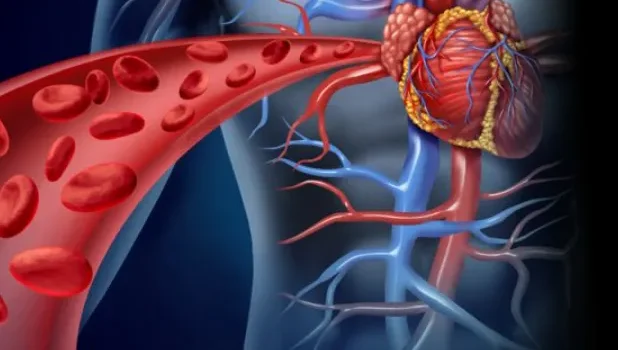
As women of faith, it’s easy to become so focused on serving others, praying, and attending church activities that we forget to care for our own physical well-being. Yet, physical health is essential because when our bodies aren’t functioning well, it affects every aspect of our lives—including our mental and spiritual health. In this post, we’ll explore six practical tips that will help you improve your physical, mental, and spiritual health, creating a balanced and thriving life.
1. Begin with Prayer
The first step in improving your overall health is to pray and seek God’s guidance for your physical well-being. Matthew 7:7 encourages us to ask, seek, and knock, with the promise that God will provide. By praying about your health, you invite God into your journey, asking for His wisdom and support. Journaling your thoughts during this time will help you keep track of God’s guidance, especially when obstacles arise. Remember, God’s encouragement is always uplifting and will give you the strength to pursue your health goals with confidence.
2. Identify Obstacles and Plan Ahead
Before diving into any changes, take some time to reflect on potential obstacles that might hinder your progress. Whether it’s an upcoming vacation, a busy work schedule, or past challenges in sticking to a health plan, acknowledging these obstacles upfront will help you create realistic solutions. For example, if you’re going on vacation, plan for healthy meals and make time for light exercise so you don’t feel like you’ve fallen off track. By addressing potential challenges early on, you can stay committed and avoid feeling discouraged when life gets busy.
3. Choose Nutrient-Rich Foods
The foods you eat play a huge role in your physical, mental, and spiritual health. God created nourishing foods like fruits, vegetables, whole grains, legumes, and fish to fuel our bodies and help them heal. Eating these whole, natural foods supports both your physical and mental well-being. Try to incorporate a variety of these foods into your diet, and when possible, choose organic options to avoid harmful chemicals. Gradually introduce small changes, like swapping white rice for brown rice or adding a serving of vegetables to each meal. Over time, these adjustments will become part of your lifestyle and improve your overall health.
4. Limit Harmful Foods
Processed foods, sugary treats, and alcohol can negatively impact both your mental and physical health. These foods can disrupt your gut health, contributing to mood swings, anxiety, and stress. Reducing the consumption of fast food, sugary drinks, and packaged snacks will help stabilize your mood and improve your mental clarity. Focus on replacing these items with healthier options that are closer to what God intended—whole foods from the earth. For example, choose fresh fruits over sugary desserts, and opt for natural snacks like nuts or yogurt instead of chips and candy.
5. Commit to Regular Exercise
Exercise is not only crucial for your physical health but also benefits your mental and emotional well-being. Research has long shown that physical activity helps reduce anxiety, depression, and stress, and boosts mood and self-esteem. Start small—whether it’s a 20-minute walk, a quick home workout, or a weekly dance class. The goal is to find something enjoyable that fits into your schedule and feels sustainable. As you progress, you can increase the intensity or try new activities, but always listen to your body and avoid pushing yourself too hard. Consistent movement, even in small doses, will enhance your physical and mental health.
6. Reduce Your Toxic Load
Environmental toxins, from cleaning products to personal care items, can have a significant impact on your health. These chemicals can affect your hormones, immune system, and mood. While you may not be able to eliminate all toxins, you can take steps to reduce your exposure by choosing safer, natural alternatives for household products and personal care items. Opt for non-toxic cleaning supplies, organic food when possible, and chemical-free beauty products. Reducing your toxic load will contribute to your overall well-being, leaving you feeling lighter and more energized.
By incorporating these six tips into your routine, you can improve your physical, mental, and spiritual health in a way that aligns with your faith. Start with prayer, identify obstacles, and make small, manageable changes that honor your body as a temple of the Holy Spirit. With God’s guidance and your commitment, you can achieve lasting health and well-being, living a vibrant life that glorifies Him.



















